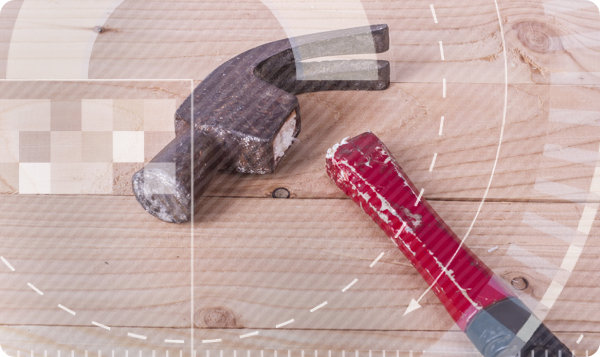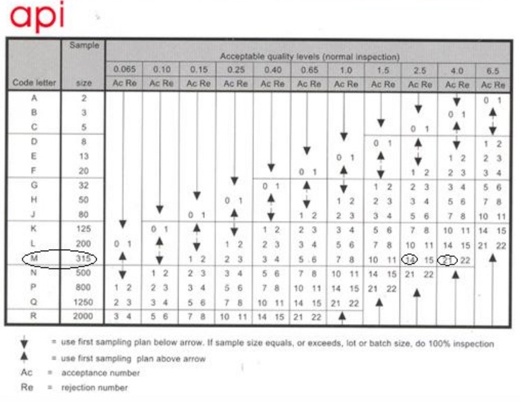Final Random Inspections for household goods are by far the most popular tool for securing supply chain quality control. Final random inspection normally takes place once 80% of the goods are available. The final result of an inspection usually triggers the shipment and the payment. The accuracy and reliability of your inspection report are crucial in order to take appropriate decisions regarding your products.
Based on the Acceptable Quality Level (AQL tables), a random sampling of the goods subject to inspection is determined in order to statistically infer the quality of the lot. (Click here to learn more about the AQL).
In most of cases Final random inspections evaluate three main aspects of product quality:

All of the important aspects of the products will be verified by our inspectors: gross dimensions, weight and packaging, overall aspect and colours, markings, functions and components figure among the most relevant ones.
The inspector shall base his or her evaluation on the product specifications and ideally our customer should make available a “reference sample” at the factory location or directly at our inspection office. For the office location and address please check on our interactive map.



For the previous example, when setting 2.5% for major and 4.5% for minor defects, this means that up to 14 major defects may be found as well as a maximum of 21 minor defects.Above these numbers,the product sample is rejected.
Customers can define their level of acceptable defects by category by using product sheet check-up list. You may also mandate API to use its own product sheets and opt to rely on our expertise to define minor and major defects by product type. In fact, advising customers regarding which quality requirements are best applied is one of the cornerstones of our product specialization.

Want to know more about one of our many services? Contact us to find out more information about what API can do for your company today.
Address
Copyright © 1981 – 2022 API. All Rights Reserved.